University Statistics Assignment: Population and Sampling
VerifiedAdded on 2020/03/23
|6
|1151
|306
Homework Assignment
AI Summary
This statistics assignment explores fundamental concepts in statistical analysis, focusing on defining a target population, selecting appropriate sampling methods, and designing a questionnaire. The assignment begins by defining the target population, emphasizing the importance of clearly identifying the group of interest for a study. It then discusses the rationale for using a sample of the population, highlighting the benefits of time and cost efficiency. The assignment further details the application of simple random sampling, providing a step-by-step guide for its implementation, including preparing a sampling frame, random selection procedures, and data collection methods using a questionnaire. The questionnaire, designed to gauge residents' views on provincial and federal environmental policies, is presented, including questions about policy clarity, government cooperation, conflicts in environmental management, and the effectiveness of environmental conservation efforts. The assignment concludes by emphasizing the importance of anonymity and voluntary participation in the survey, along with a list of relevant references supporting the statistical concepts and environmental policy context.
1 out of 6
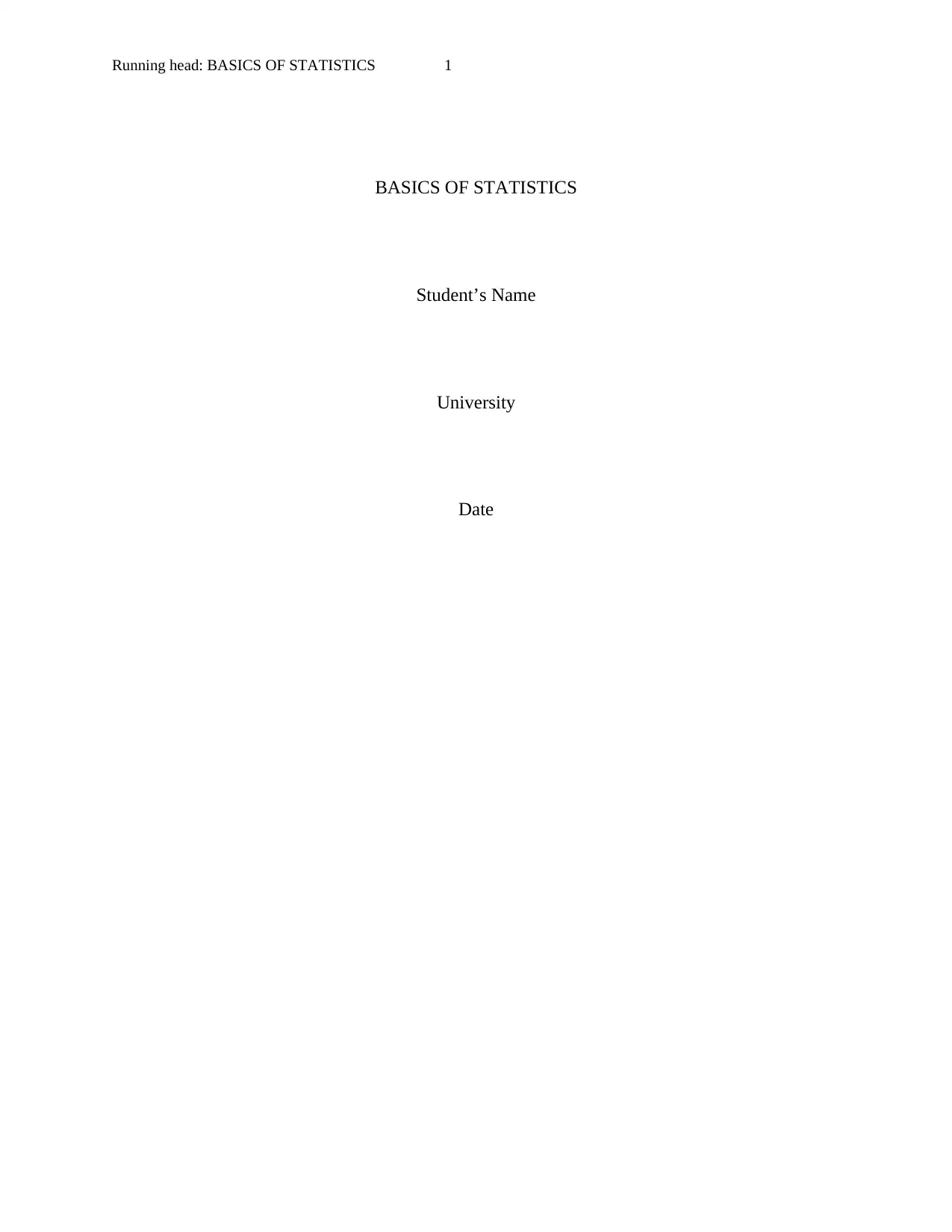
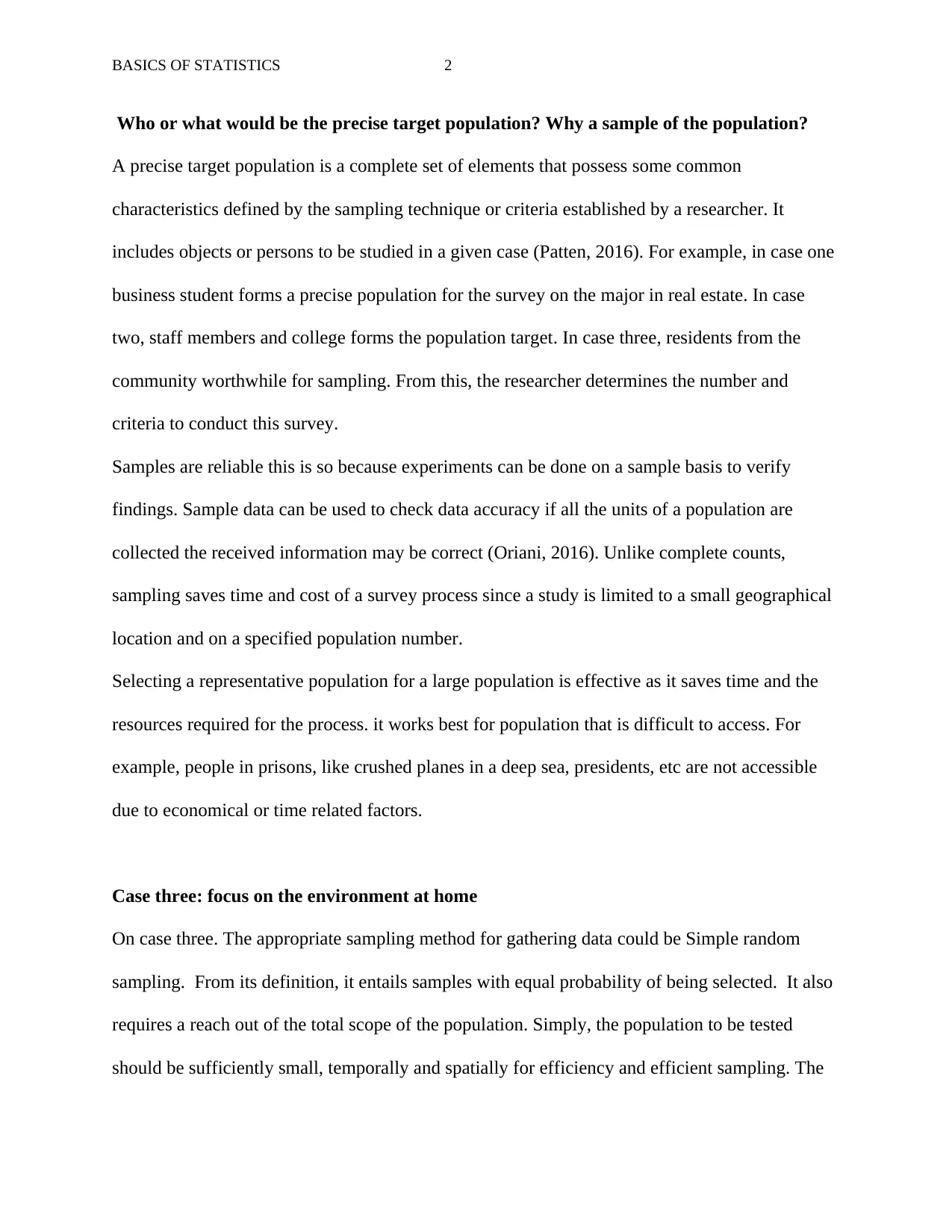
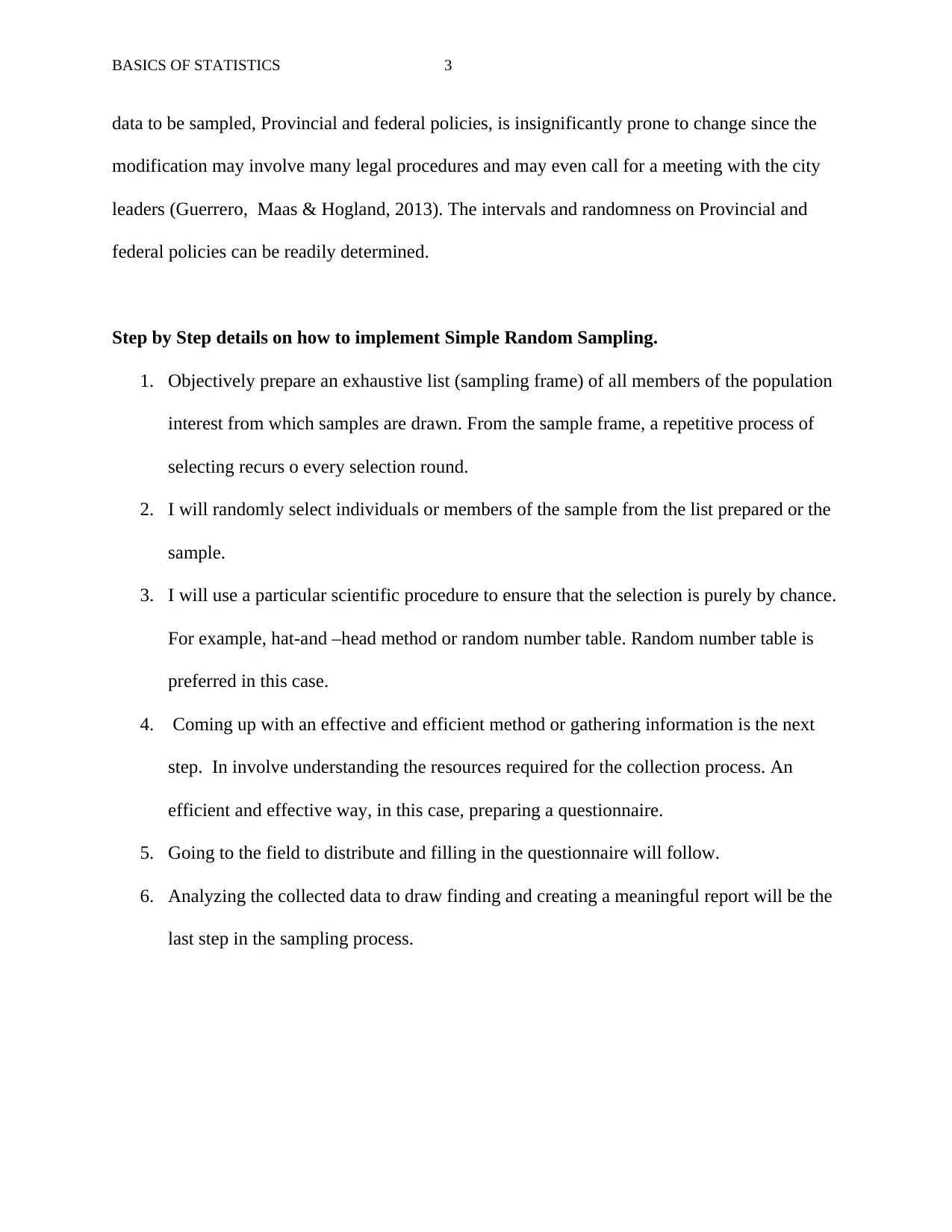

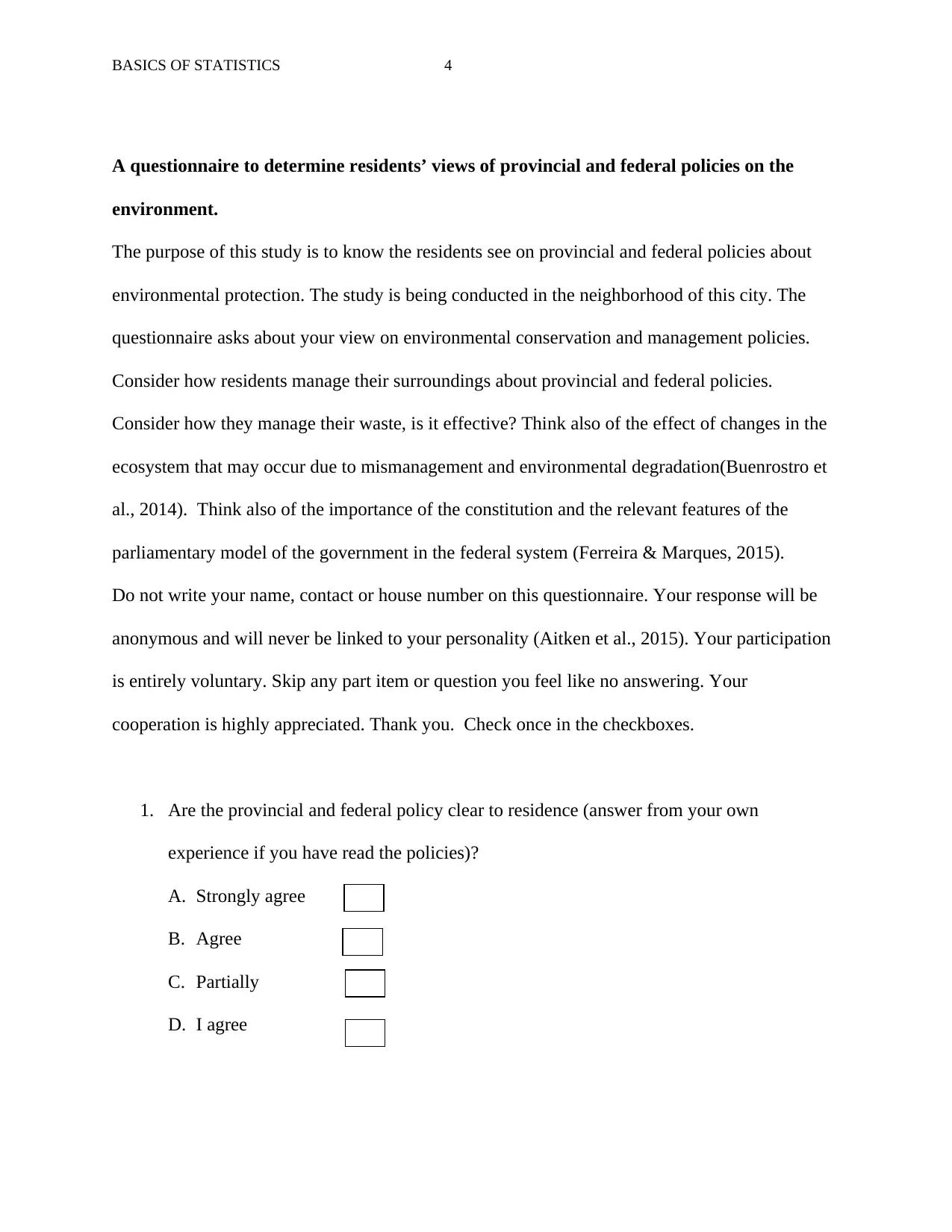
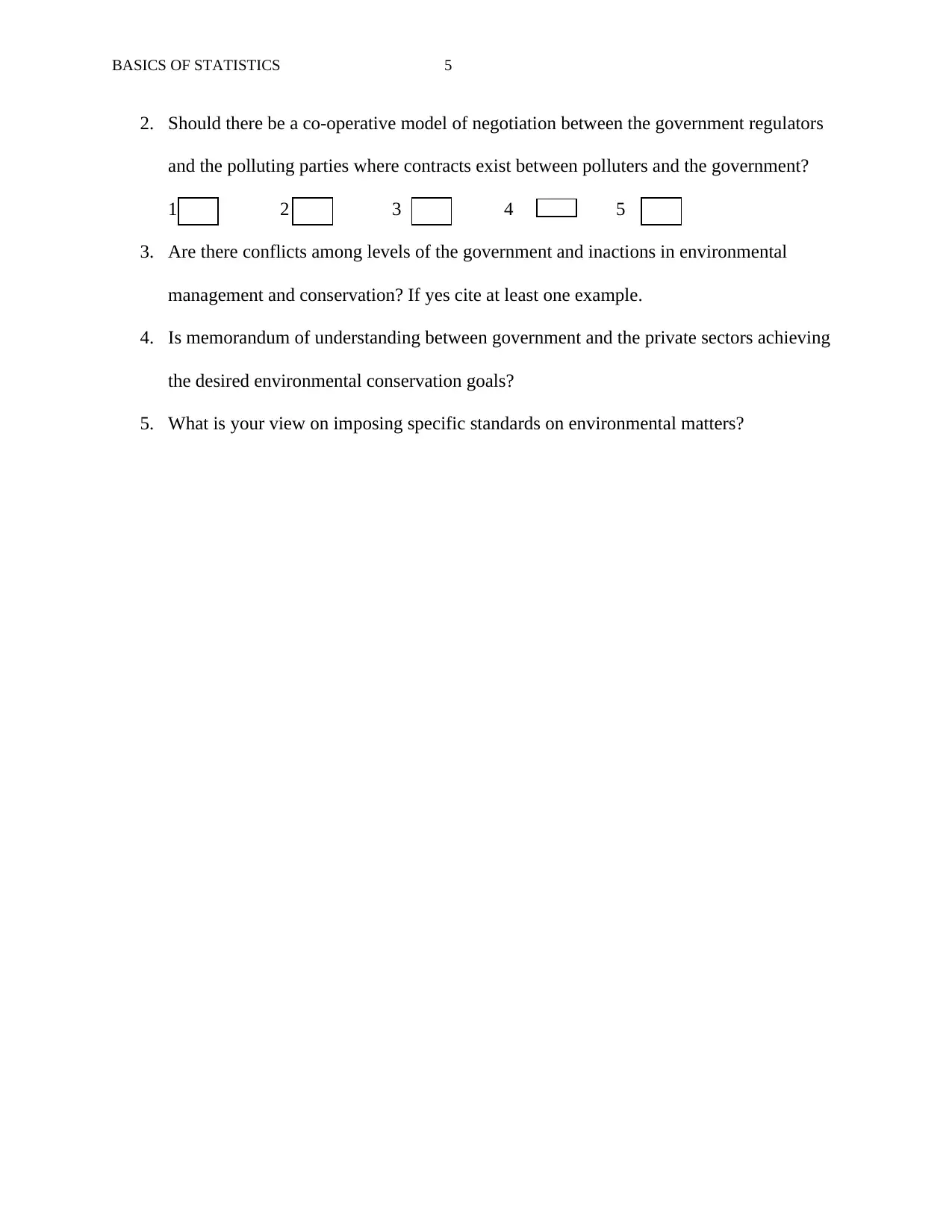
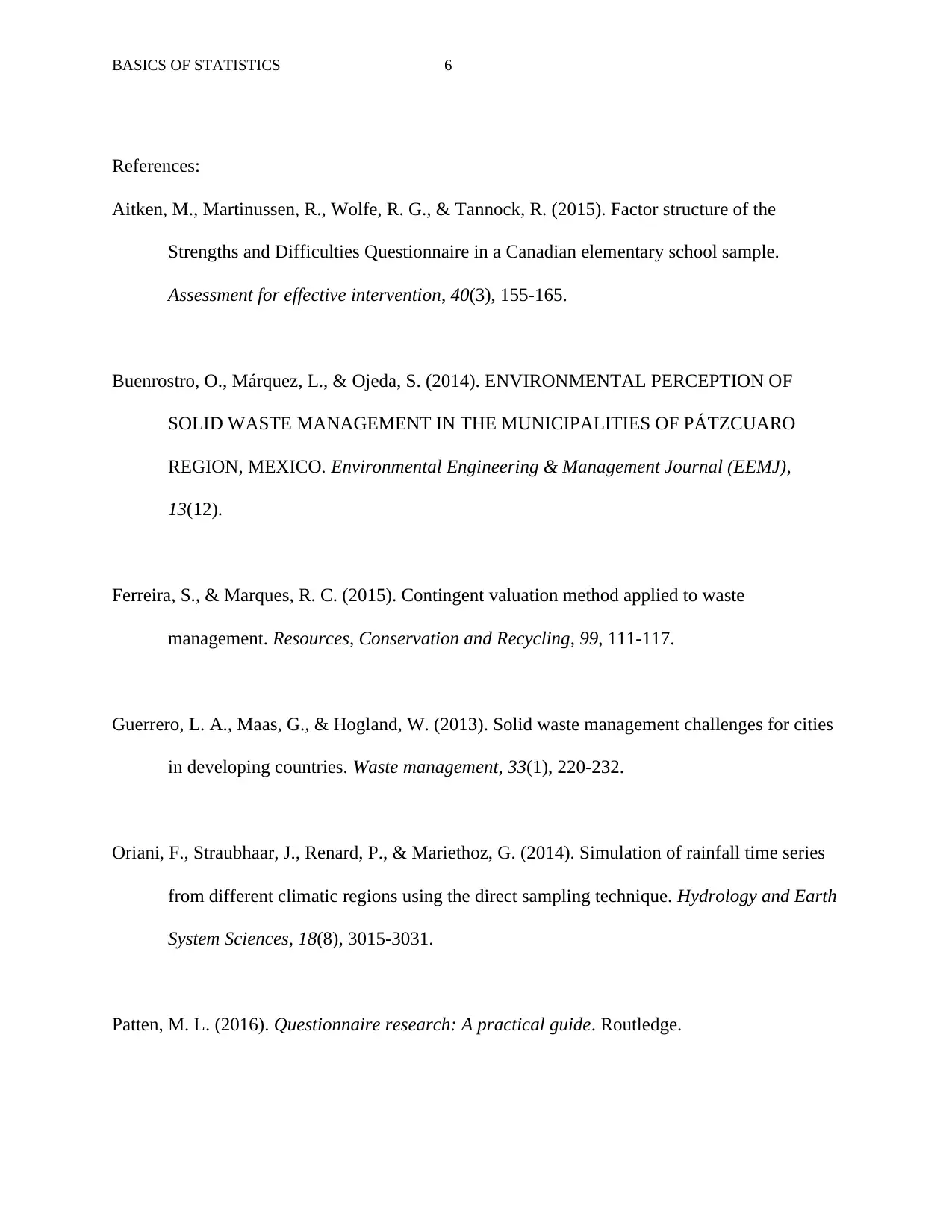






![[object Object]](/_next/static/media/star-bottom.7253800d.svg)